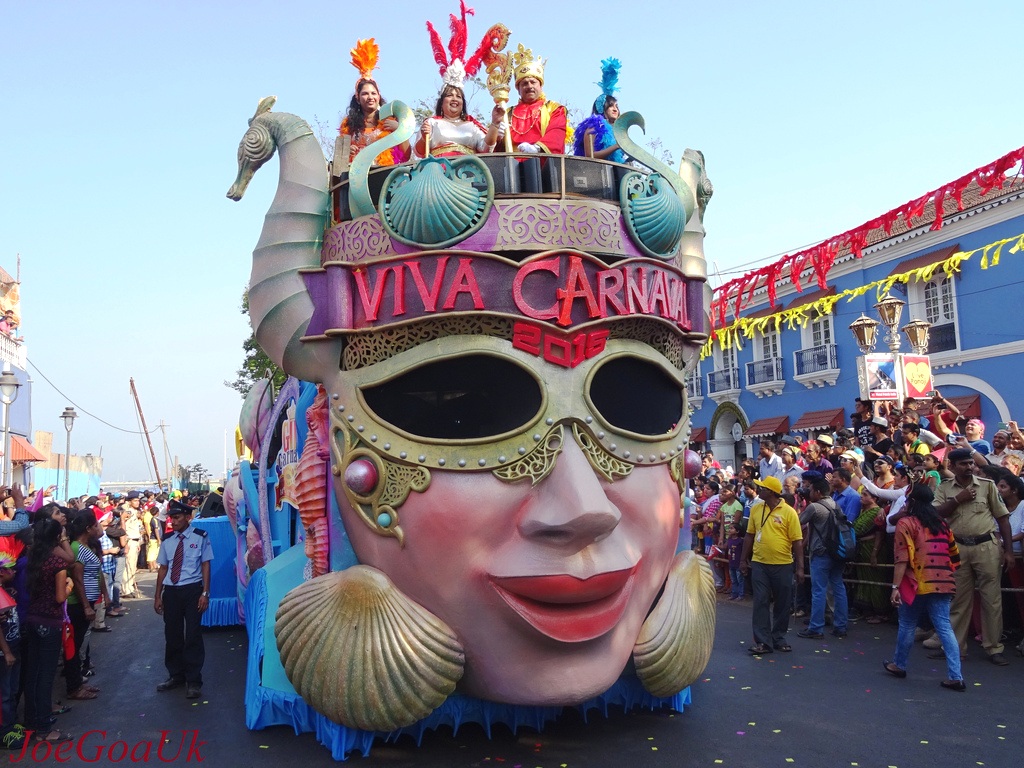Written by Amy Franz
We’re days into the 40-day Lenten season, which can only mean one thing – one of the world’s most extravagant parties has recently ended. Until next year, anyway.
Carnival is a colorful Catholic and Greek Orthodox celebration that encourages participants to indulge in costumes, music, food and libations because it precedes Lent, a time of prayer and penance. In essence, the fun and indulgence of Carnival is replaced by the solemnity and abstention of Lent.
At Ethnic Technologies, we care about the world’s cultures, languages and history and so we’re interested in the ways different pockets of the world celebrate Carnival and why.
Trinidad and Tobago
Trinidad and Tobago hosts one of the most renowned Carnival celebrations in the world.
Originally, French Catholic colonizers held pre-Lenten masquerades and elaborate parties that the middle class and slaves could not attend, so they created their own party called “Canboulay” (cannes brulées, burnt cane, in French).
The calypso music (and later, soca music) that permeates Port of Spain’s streets, and plays an important role in Trinidadian history and culture, originated in the Canboulay festivity.
Amidst the festivities are competitions, including the crowning of the Calypso Monarch and the King and Queen of Carnival, as well as hordes of people decked out in traditional costumes.
Between the significant number of Trinidadians living in the US and the alluring location of the Caribbean festival, there are likely many Americans, Trinidadian or otherwise, seeking to visit the island for Carnival.
Belgium
According to UNESCO, Carnival of Binche has livened up Belgium’s streets since the Middle Ages, making it one of Europe’s oldest festivals.
One uniquely Belgian aspect of Binche’s celebration are Les Gilles, orange-throwing performers donning colors of the Belgian flag, wooden clogs and wax masks topped off which elaborate ostrich-feathered hats. Les Gilles flood the streets with drums and sticks in hopes of warding off evil spirits.
India
A Christian religious festival in India? In the Indian state of Goa, that’s no surprise.
While the majority of Goans follow the Hindu faith, a Christian minority exists due to Portuguese colonization in the 16th century and the Goa Carnival – the only festival in Asia with Catholic roots – has been in existence ever since, with just a short pause after the fall of Portuguese rule in 1961.
Indians, like many countries, have a King Momo, a tall, plump character that commences the four-day merry-making. The festival closes with a unique and highly anticipated Indian tradition where people wear red tops and black bottoms, aptly called the “red-and-black dance”, in the city of Panjim.
India boasts cultural diversity unlike any other country in the world, and their religious minorities should not be overlooked, especially in times of celebration. Tailoring campaigns or advertisements to include special foods, traditions or significant colors of these groups, which can be identified through E-Tech’s nuanced Access India product, can be a great and effective way to highlight Indian religious minorities in the US and Canada.
A Carnival for All
Carnival as it exists today is a theatrical party that encourages revelers of all faiths to partake. The history of the celebration is important to reflect upon how and why one religious holiday got to be a beloved, worldwide event.
So whether Trinidadians, Belgians or Indians are partaking in their countries’ Carnival traditions or flying down to New Orleans for the biggest Carnival celebration in the US, Mardi Gras, this winter holiday is high time to think about specialized marketing and spending, even long after the Christmas season has ended.

